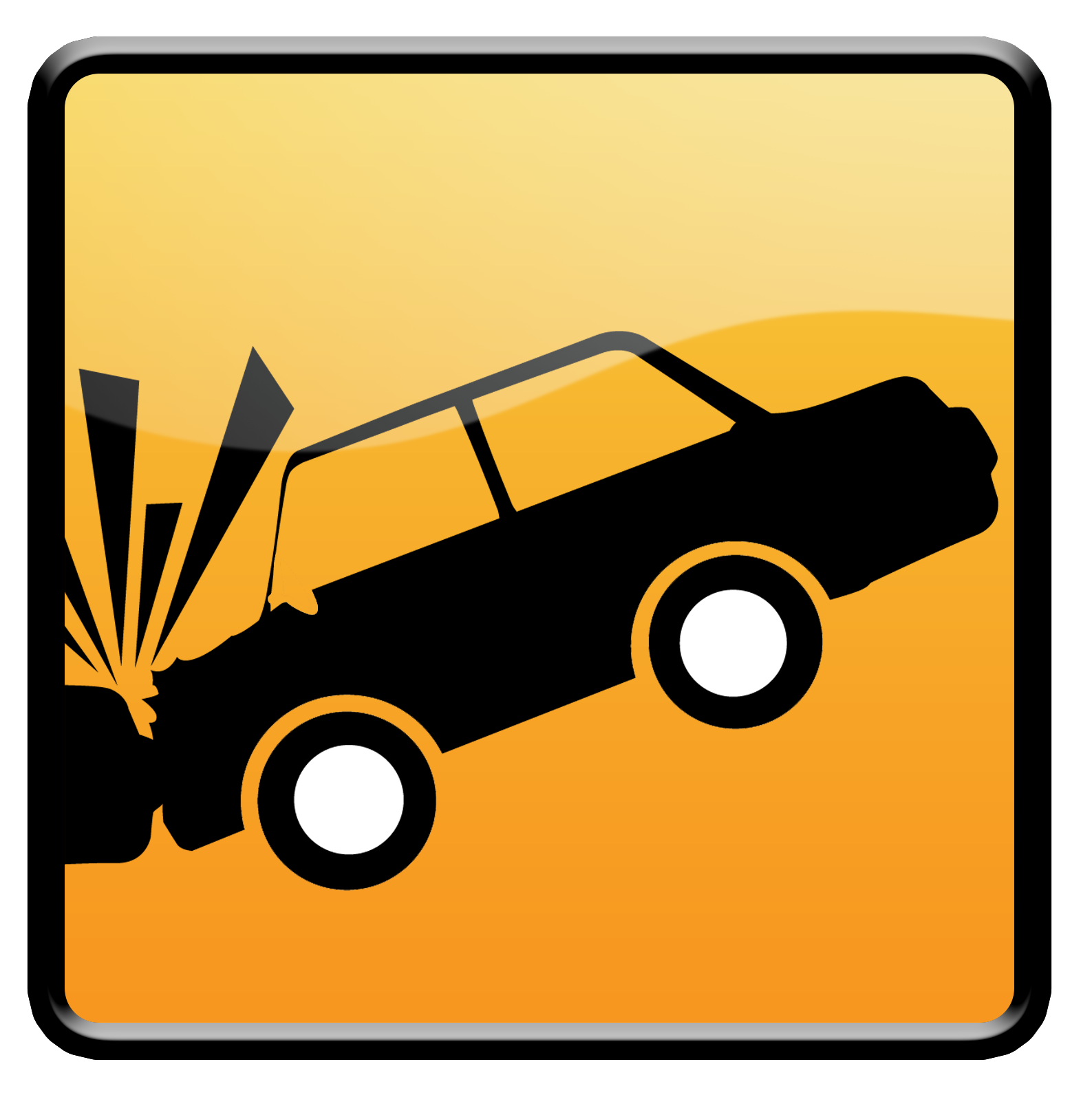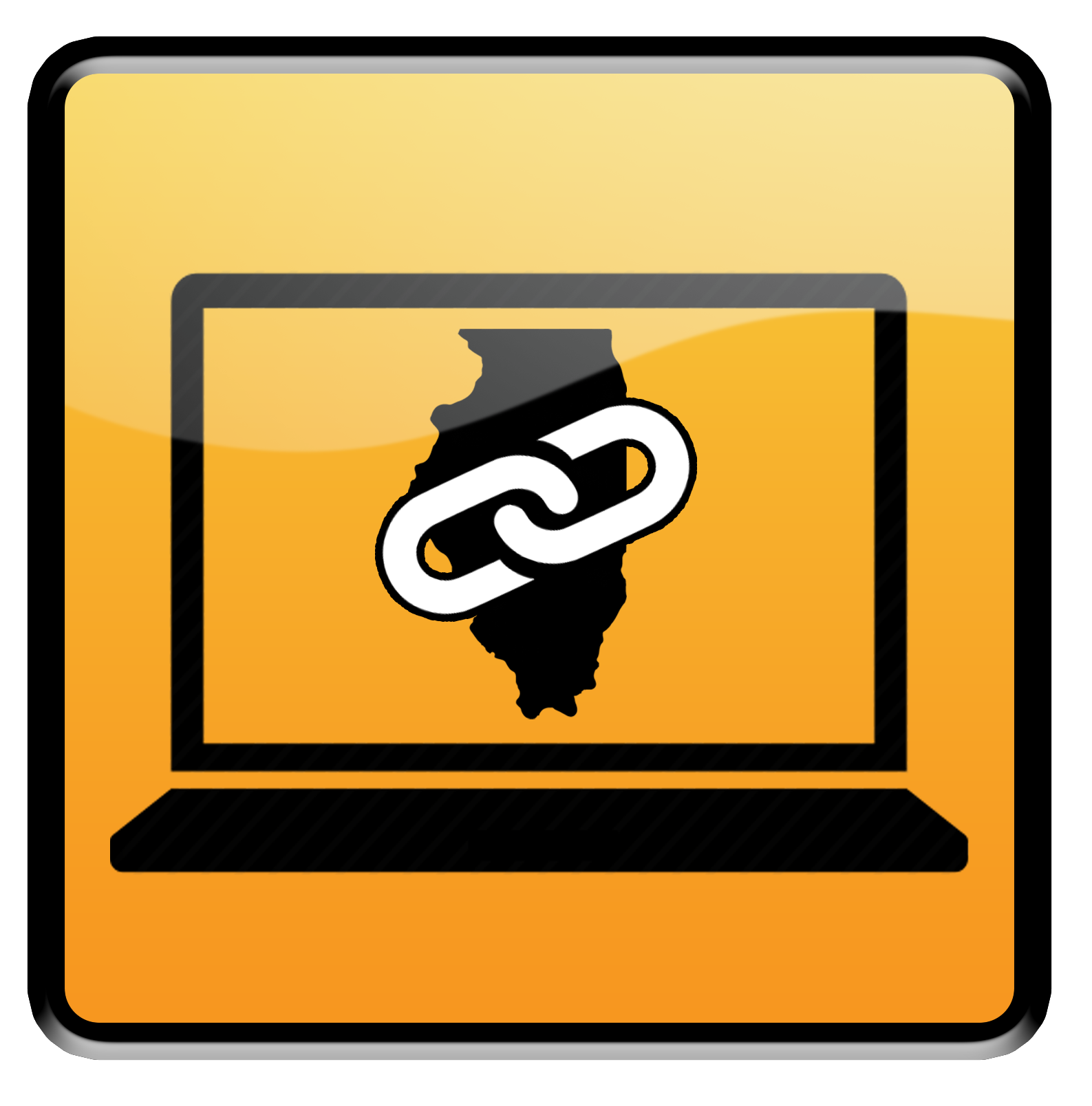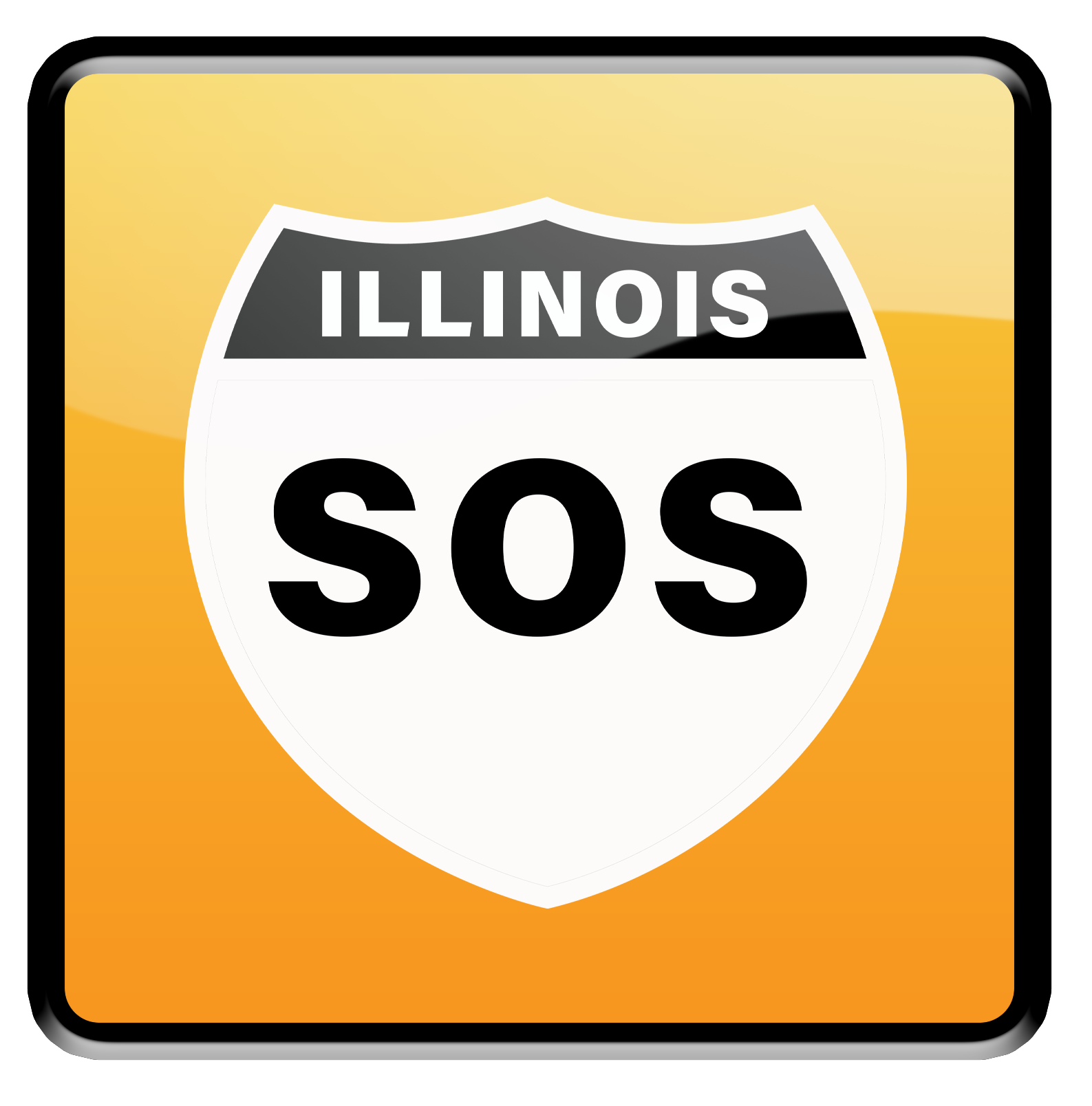Child Safety Seats and Seat Belts
Safety Restraints
All drivers and passengers are required to wear seat belts regardless of where they are positioned in the vehicle. The only
exemption is for 1956 or older vehicles.
How to Use Safety Seat Belts Properly
A safety belt can only protect you if it is used -- and used properly.
-
Provide enough safety belts for each person traveling in your vehicle. Each person needs their own safety belt. Make sure all
safety belts are working properly.
-
Show you care. Ask passengers in the front and rear seats to use their safety belts. Most people will gladly buckle up if the
driver asks them to.
-
Do not start your car until all safety belts are fastened.
-
Adjust your safety belt so it fits snugly over your hip bones. It should cross your lap low on the hips, not high across your
stomach.
-
A shoulder belt should go over your shoulder and across your body diagonally. It should never be worn under your arm.
The State Police Rollover Simulator
The rollover simulator is designed to demonstrate the importance of wearing safety seat belts. Two life-size dummies, an adult and
a child are placed in the truck cab unbelted. To simulate a rollover accident, the cab is mechanically rotated, which causes the
dummies to be ejected. The dummies are returned to the cab and secured with safety seat belts. Again the cab is rotated and the
dummies remain safely in the cab. To schedule a rollover demonstration for your school or group please ontact your nearest
Illinois State Police District.
The Illinois "Child Passenger Protection Act" - What does it require?
In Illinois, the law states that each driver and passenger of a motor vehicle must wear a properly adjusted and fastened seat
safety belt.
Provides that whenever a person is transporting a child under age 8, the person is responsible for properly securing the child in
an appropriate child restraint system, which includes a booster seat. Every person, when transporting a child 8 years of age or
older, but under age 16, is responsible for properly securing that child in a seat belt. If the vehicle used to transport children
under eight years of age is equipped with lap belts only in the back seat and the child weighs more than 40 pounds, the child may
be transported in the back seat wearing a lap belt only. If a combination lap and shoulder belt is available, the child must be
secured in a booster seat.
Illinois Graduated Driver License
Also, no person may operate any 1965 or later model vehicle unless the front seats are equipped with two sets of safety belts. A
child must be protected under these Child Passenger Protection Act guidelines:
- under the age of eight, secure in a child safety seat.
- eight years of age or more, but less than 16 must be secured in a seat belt or child safety seat.
- all occupants must be secured by a safety belt while in the vehicle.
What is the purpose of the Child restraint act?
The Child Passenger Protection Act was established to protect the health and safety of children through the proper use of
"approved child restraint systems." Parents or legal guardians of a child under eight are responsible for providing an
approved child safety seat to anyone who transports his or her child.
What is the penalty for failure to comply with this law?
Violators of the Child Passenger Protection Act are subject to a $75 fine for the first offense and are eligible
for court supervision if they provide the court with documented proof from a child safety seat technician of a properly installed
child restraint system and completion of an instructional course on the installation of that restraint system. A subsequent
violation is a petty offense with a $200 fine and not eligible for court supervision.
Where can I buy an approved child restraint seat?
Any child restraint system sold at the many department and discount stores are approved seats that meet the U.S. Department of
Transportation Standards. Make sure to send in the seat registration card so the manufacture can reach you in case of a recall.
Avoid buying seats at second hand shops and garage sales as you do not know the history of the seat.
"Approved child restraint systems" refers to any device which meets the standards of the United States Department of
Transportation.
Additional Information
Safety Restraints
All drivers and passengers are required to wear seat belts regardless of where they are positioned in the vehicle. The only exemption is for 1956 or older vehicles.
How to Use Safety Seat Belts Properly
A safety belt can only protect you if it is used -- and used properly.
- Provide enough safety belts for each person traveling in your vehicle. Each person needs their own safety belt. Make sure all safety belts are working properly.
- Show you care. Ask passengers in the front and rear seats to use their safety belts. Most people will gladly buckle up if the driver asks them to.
- Do not start your car until all safety belts are fastened.
- Adjust your safety belt so it fits snugly over your hip bones. It should cross your lap low on the hips, not high across your stomach.
- A shoulder belt should go over your shoulder and across your body diagonally. It should never be worn under your arm.
The State Police Rollover Simulator
The rollover simulator is designed to demonstrate the importance of wearing safety seat belts. Two life-size dummies, an adult and a child are placed in the truck cab unbelted. To simulate a rollover accident, the cab is mechanically rotated, which causes the dummies to be ejected. The dummies are returned to the cab and secured with safety seat belts. Again the cab is rotated and the dummies remain safely in the cab. To schedule a rollover demonstration for your school or group please ontact your nearest Illinois State Police District.
The Illinois "Child Passenger Protection Act" - What does it require?
In Illinois, the law states that each driver and passenger of a motor vehicle must wear a properly adjusted and fastened seat safety belt.
Provides that whenever a person is transporting a child under age 8, the person is responsible for properly securing the child in an appropriate child restraint system, which includes a booster seat. Every person, when transporting a child 8 years of age or older, but under age 16, is responsible for properly securing that child in a seat belt. If the vehicle used to transport children under eight years of age is equipped with lap belts only in the back seat and the child weighs more than 40 pounds, the child may be transported in the back seat wearing a lap belt only. If a combination lap and shoulder belt is available, the child must be secured in a booster seat.
Illinois Graduated Driver License
Also, no person may operate any 1965 or later model vehicle unless the front seats are equipped with two sets of safety belts. A child must be protected under these Child Passenger Protection Act guidelines:
- under the age of eight, secure in a child safety seat.
- eight years of age or more, but less than 16 must be secured in a seat belt or child safety seat.
- all occupants must be secured by a safety belt while in the vehicle.
What is the purpose of the Child restraint act?
The Child Passenger Protection Act was established to protect the health and safety of children through the proper use of "approved child restraint systems." Parents or legal guardians of a child under eight are responsible for providing an approved child safety seat to anyone who transports his or her child.
What is the penalty for failure to comply with this law?
Violators of the Child Passenger Protection Act are subject to a $75 fine for the first offense and are eligible for court supervision if they provide the court with documented proof from a child safety seat technician of a properly installed child restraint system and completion of an instructional course on the installation of that restraint system. A subsequent violation is a petty offense with a $200 fine and not eligible for court supervision.
Where can I buy an approved child restraint seat?
Any child restraint system sold at the many department and discount stores are approved seats that meet the U.S. Department of Transportation Standards. Make sure to send in the seat registration card so the manufacture can reach you in case of a recall. Avoid buying seats at second hand shops and garage sales as you do not know the history of the seat.
"Approved child restraint systems" refers to any device which meets the standards of the United States Department of Transportation.






